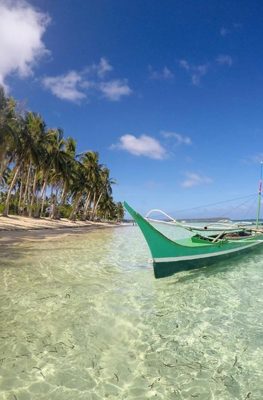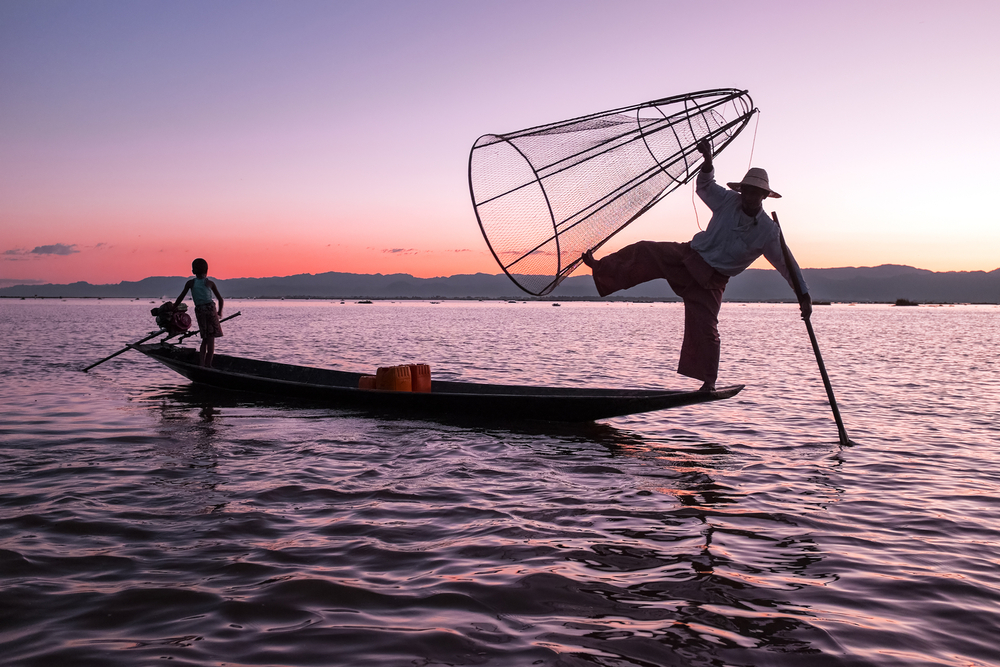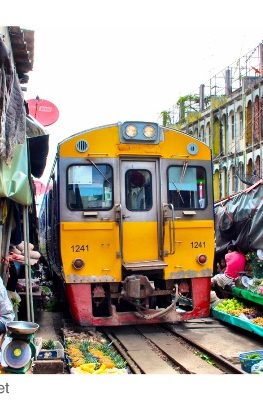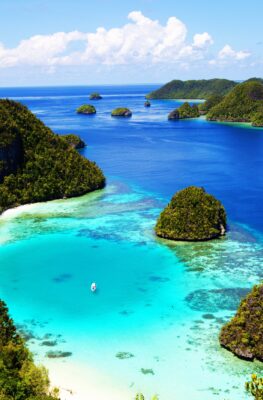Published on November 13, 2015
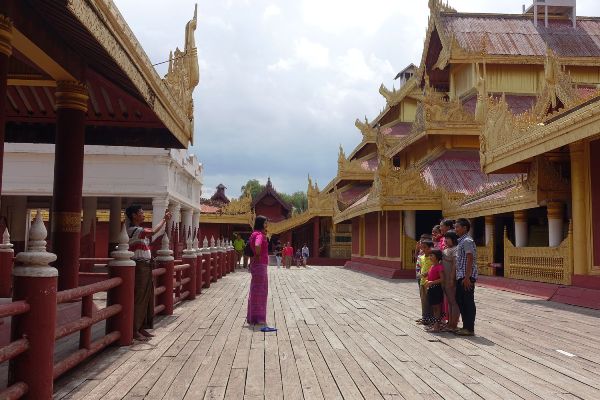
They ruled Southeast Asia once upon a time, though their lives were hardly the stuff of fairy tales.
Before Europeans changed the local political landscape, power was exercised by local kings. As absolute masters of their respective realms, Southeast Asia’s monarchs waged wars and built civilizations for thousands of years, creating the local cultures that tourists still admire today long after their founding dynasties left the stage.
The palaces that Southeast Asia’s kings built – many of which still stand today – are echoes of the immense political power that once emanated from their throne rooms.
In the city of Hue in Viet Nam, the Forbidden Purple City stands in the middle of the walled Citadel that once delineated the royal and government district along Central Viet Nam’s Huong River. Built in the early 19th century to replicate Beijing’s Forbidden City, the Hue Citadel was intended to house Viet Nam’s Nguyen Emperors.
Much of the remaining Citadel was rebuilt after the resistance war against American forces came to an end. A valiant restoration effort has restored much of what was lost, including the areas for Queen-mothers; the Palace of Supreme Harmony, where the Emperor sat on his throne; and the “Pavilion of the Five Phoenixes”, the Emperor’s private viewing platform on top of Ngo Mon Gate – the main entrance to the Royal Citadel.
As in Hue, the Royal Palace in Mandalay, Myanmar was inspired by the Chinese example, built at the center of a massive citadel, then almost annihilated in wartime. And just like in Hue, the Mandalay Royal Palace is also a reconstruction of the original: only a spiralling watch tower, the Royal Mint, and the Shwenandaw Monastery on the Palace grounds were spared from destruction.
Today, guests can ascend the watch tower and survey the reconstructed palace: a series of buildings that faithfully replicates the original design but incorporates non-standard materials like corrugated iron and concrete. Mannequins representing King Mindon Min and his queen watch wordlessly from the Great Audience Hall, now the site of an exhibit that reveals artifacts from the daily lives of Mandalay’s kings.
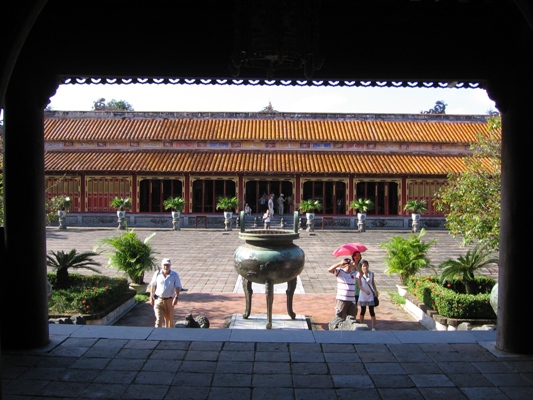
The National Museum in Luang Prabang, Laos is all that remains of the Lan Xang Kingdom that once ruled the area. Reduced to protectorate status by the French in 1887, the Kings of Luang Prabang ruled from a palace built with French help in 1907. After the Pathet Lao took over in 1975, the government converted the Palace into the National Museum.
While only two Kings ruled from the Royal Palace – King Sisavang Vong, whose statue stands in the forecourt, and the last King of Laos Sisavang Vatthana – much of Laos’ history still reverberates through the former Palace’s interiors. Key sights in the National Museum include the mirrored Throne Hall, immaculately-preserved royal living quarters, and pavilions showing the Last King’s car collection and the Prabang Buddha that gave the city its name.
Not all royal palaces in Southeast Asia are deprived of their ruling families. Two monarchs still live in their respective palaces: the Sultans of the nation of Brunei and the city of Yogyakarta in Indonesia.
In Brunei, the Istana Nurul Iman fuses European and traditional Malay architecture to create a grand structure looming over the banks of the Brunei River.
The Istana is reputed to be the largest palace in the world, and certainly everything about it is massive: 200,000 square metres of floor space include a single mosque capable of accommodating 1,500 worshipers and a banquet hall that can seat 5,000 guests. The Sultan enjoys access to five swimming pools, 44 grand staircases and a private helipad.
Tourists can only visit the palace during Hari Raya Aidilfitri (Eid’l Fitr, the end of Ramadan); the sultan opens the palace to his people, handing out gifts of food and envelopes of money over the course of three days.
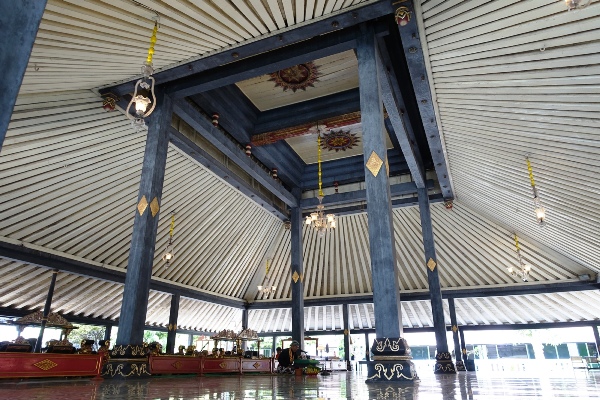
In Indonesia, the Kraton serves as both the cultural and political heart of the special district of Yogyakarta: the ruling Sultan also serves as Yogyakarta’s governor. Unlike Brunei’s Istana, the Kraton is open all year round to guests, who wander around the Kraton grounds to watch cultural performances at the Bangsal Sri Manganti pavilion; or review Yogyakarta’s royal history at the Sultan’s Commemorative Museum, an air-conditioned gallery that preserves the previous Sultan’s memorabilia.
Royal retainers called abdi dalem serve as tour guides for Kraton visitors, and their uniforms make them a striking sight, with their unique headdress, blue piped long-sleeve shirts, and a kris strapped to their backs.
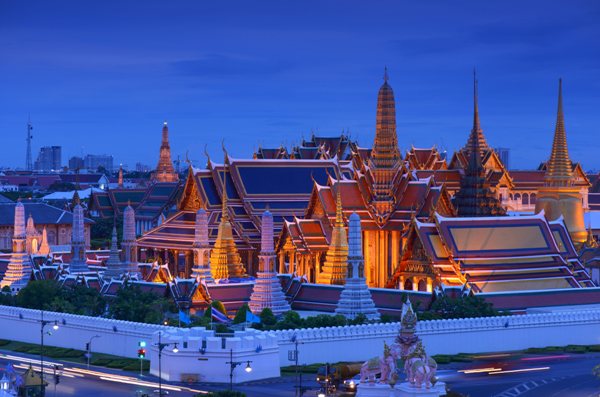
In Bangkok, the Grand Palace is the successor to the palaces of Ayutthaya, the main residence of the King of Thailand until 1925 (His Majesty currently resides at Chitralada Palace). The architecture and impressive interiors recall the Kings of the past, drawing visitors who come to see one of Bangkok’s prime architectural jewels.
The Grand Palace also shelters a priceless artifact: the Emerald Buddha, a single sculpture of the Buddha carved from a flawless piece of green jade, widely recognized as Thailand’s most sacred Buddhist sculpture.



